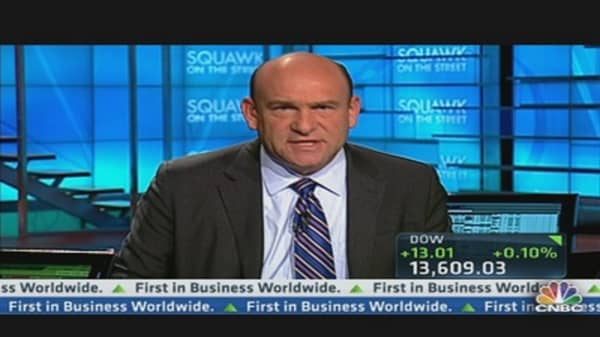Perhaps unfortunately, Dudley's next words were: "Fortunately, to date the news is still fairly favorable."
Later in the meeting, Geithner questions whether a vulnerable subprime market is a serious problem.
Bill, could you or Dave remind us what share of the total outstanding stock of mortgages consists of subprimes or what share of the housing stock do we think is financed at the subprime level? My recollection is that the share is still small even though it has been a large part of the recent flows.
The answer at the time was that subprime accounted for just 13 percent of outstanding mortgages, although it was nearly a quarter of new mortgages. This way of looking at the market helped some policy makers underestimate the ultimate impact of the mortgage meltdown and fail to anticipate the financial crisis that would follow.
Indeed, when members of the the FOMC discuss mortgages in that meeting, it's clear that they don't see the coming calamity.
Minneapolis Fed President Gary Stern, for example, predicted that the biggest impact from mortgage delinquencies would be political rather than economic.
"In any event, as Bill Dudley mentioned, mortgage delinquencies and foreclosures are rising, albeit starting from a fairly low level, and though that probably won't have a significant effect on economic performance, it could be a political issue in Minnesota and elsewhere in the District," Stern says at the January meeting.
The transcript of the first meeting along with the accompanying materials run to 255 pages. There is likely to be a lot for the public to discover in these documents.
Follow me on Twitter @Carney




